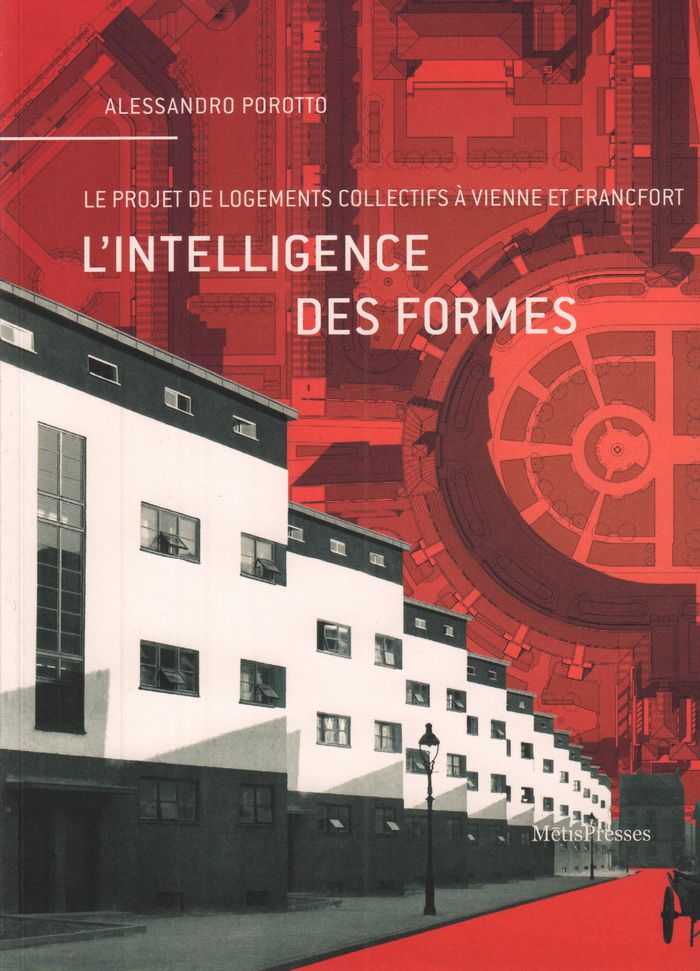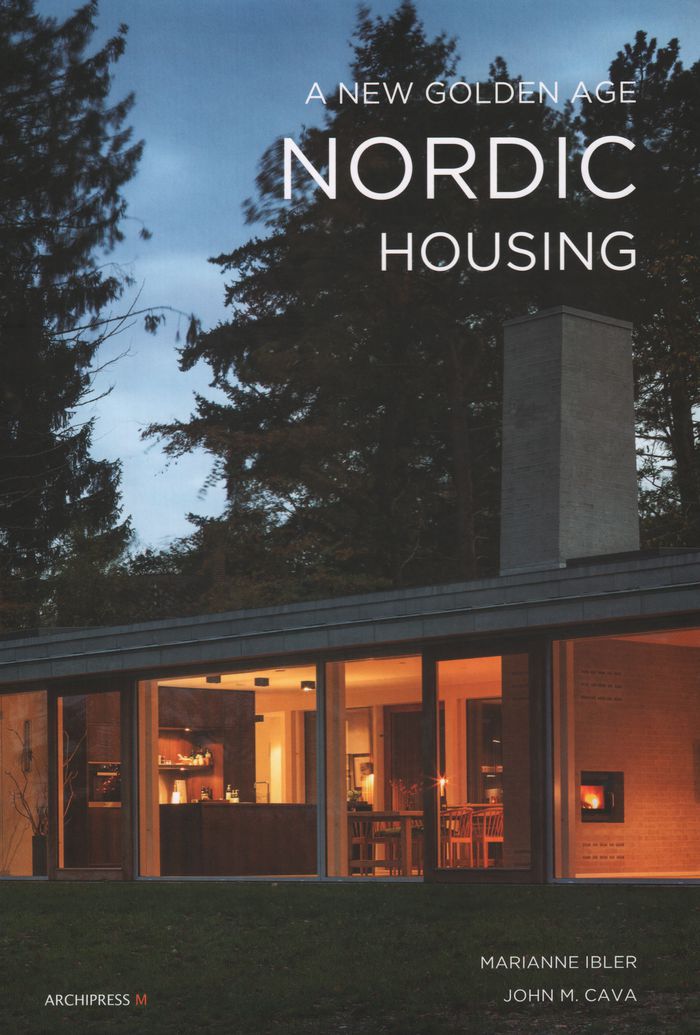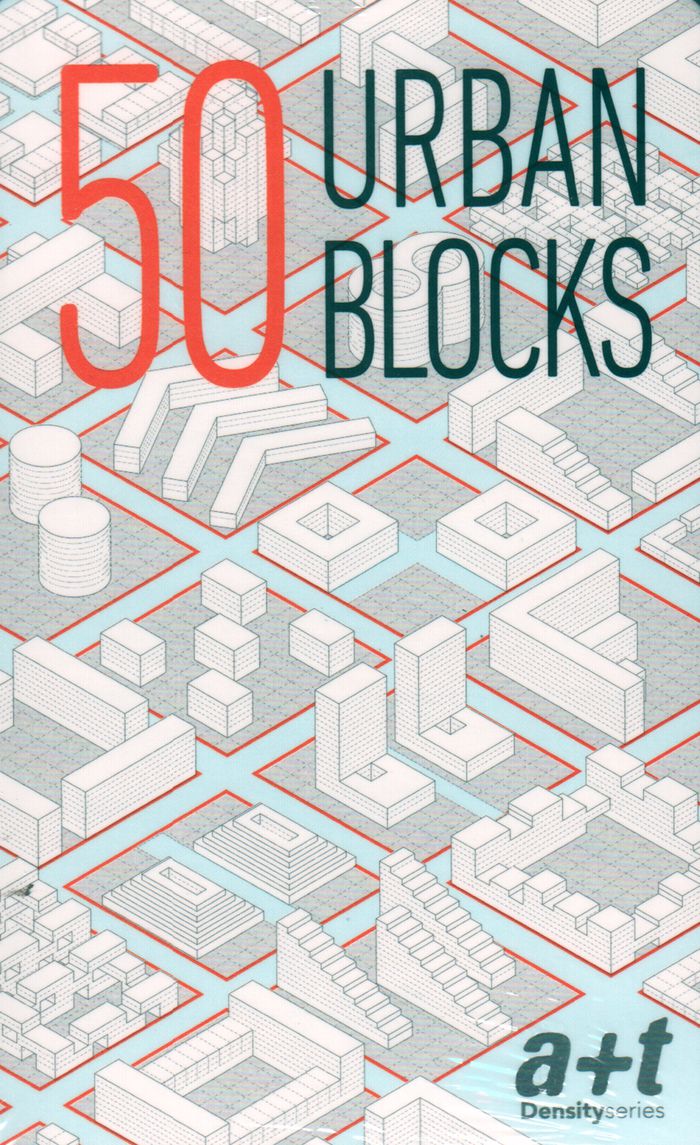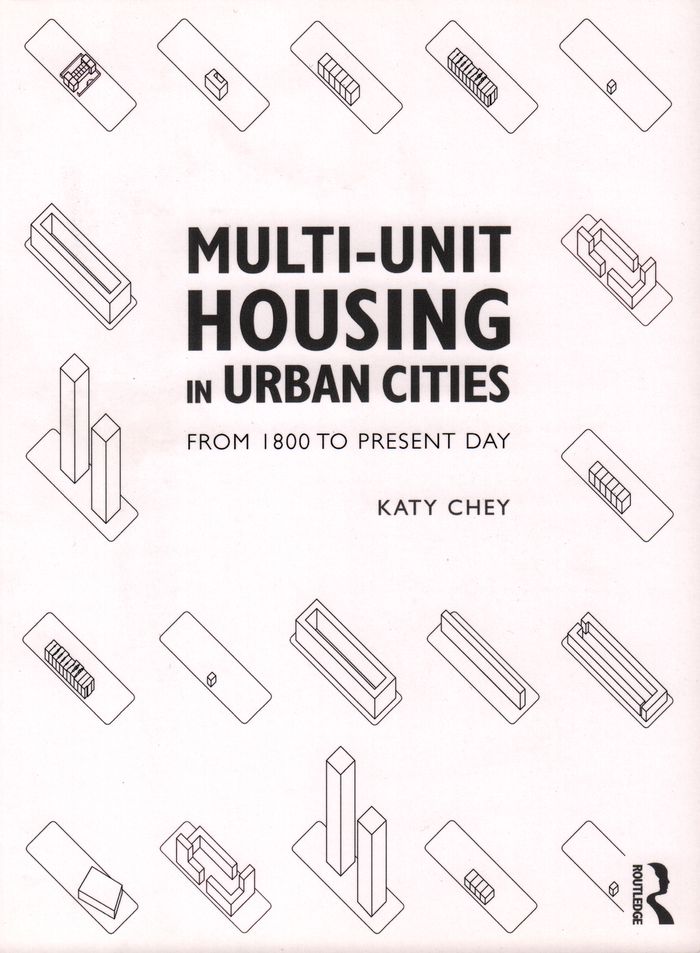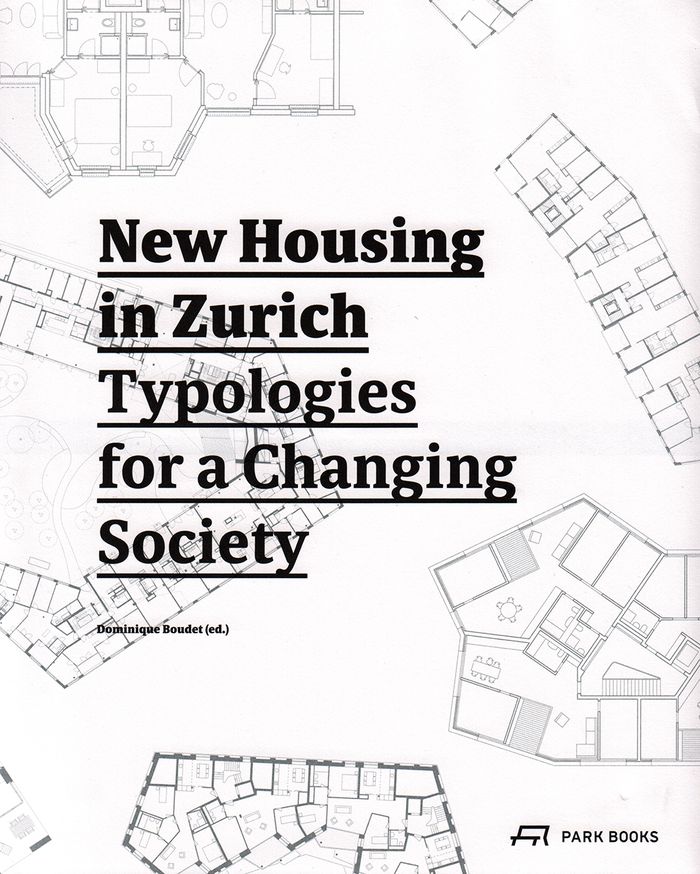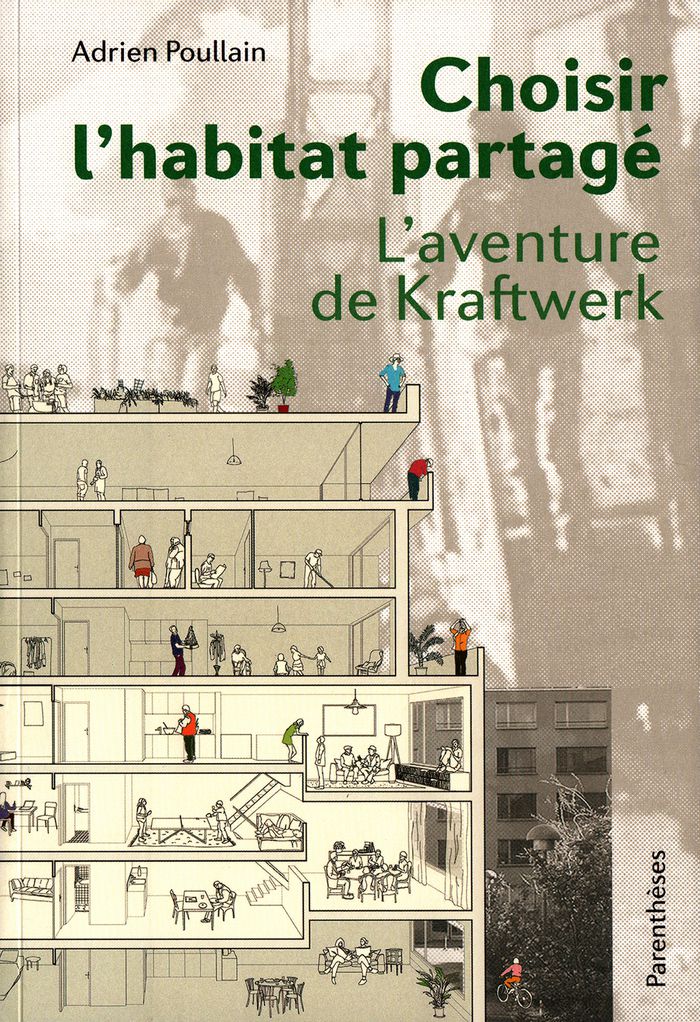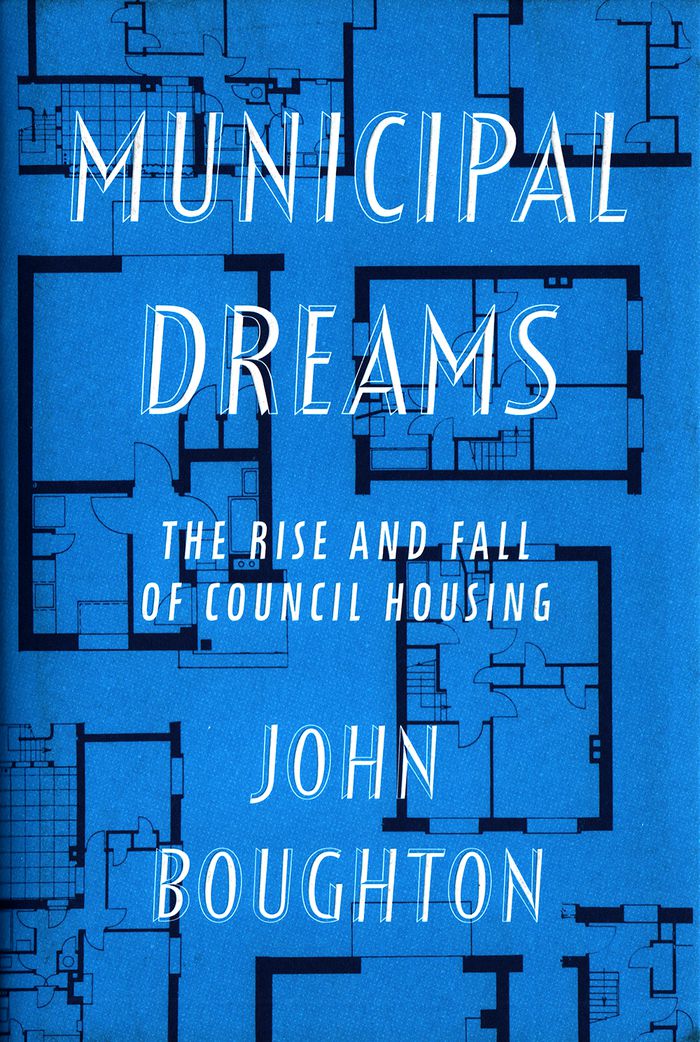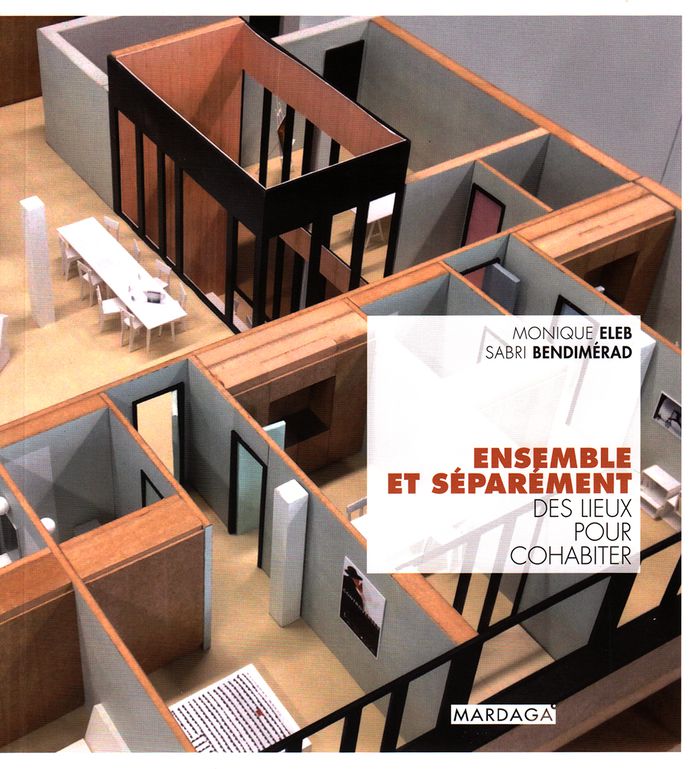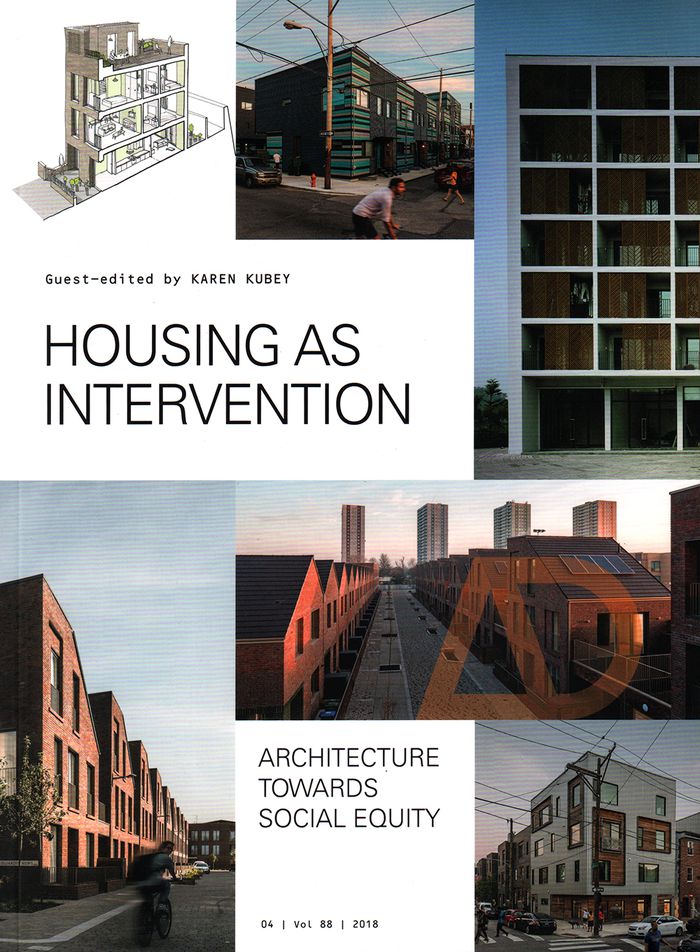$40.00
(disponible sur commande)
Résumé:
Building Subjects, the fourth issue of Standpunkte Magazine, is a collaboration between the architect De Peter Yi, the art historian Nancy P. Lin, and the graphic design studios Normal and Some All None. The publication revolves around collective housing in China, an architectural challenge expressive of the country's ongoing negotiations between its rich history and(...)
septembre 2019
Building subjects: collective housing in China
Actions:
Prix:
$40.00
(disponible sur commande)
Résumé:
Building Subjects, the fourth issue of Standpunkte Magazine, is a collaboration between the architect De Peter Yi, the art historian Nancy P. Lin, and the graphic design studios Normal and Some All None. The publication revolves around collective housing in China, an architectural challenge expressive of the country's ongoing negotiations between its rich history and undetermined future. The study combines typological research with the modes of the architectural manifesto by establishing an exchange between cultural-historical observations, the consideration of contemporary socio-economic pressures, and evolving architectural aspirations. Through a close reading of spaces from monumental utopian communes in Beijing to round earthen dwellings in the Fujian province, Building Subjects stages collective housing as a key to residential architecture in China. The publication is simultaneously inward and outward looking, and this duality is also reflected in its meticulously composed layout: documentary photography and detailed axonometric drawings are juxtaposed to establish a correspondence between old and new, between reality and projection.
$64.95
(disponible en magasin)
Résumé:
La question du logement de masse est au cœur de la réflexion urbanistique et architecturale des villes européennes. Elle a donné lieu à des réponses hétéroclites, proposant une grande diversité d’approche et de solutions. Dans ce cadre, Vienne et Francfort s’affirment comme les résultats les plus convaincants : le Hof et la Siedlung constituent ainsi deux modèles(...)
L’intelligence des formes : le projet de logements collectifs à Vienne et Francfort
Actions:
Prix:
$64.95
(disponible en magasin)
Résumé:
La question du logement de masse est au cœur de la réflexion urbanistique et architecturale des villes européennes. Elle a donné lieu à des réponses hétéroclites, proposant une grande diversité d’approche et de solutions. Dans ce cadre, Vienne et Francfort s’affirment comme les résultats les plus convaincants : le Hof et la Siedlung constituent ainsi deux modèles distincts et cohérents pour aborder des problématiques communes. Nous proposons ici de considérer ces deux modèles comme complémentaires d’un point de vue architectural et urbanistique, tant au niveau des choix qu’au niveau des résultats. Dans cette perspective, Vienne et Francfort sont les « polarités extrêmes » qui constituent des références exemplaires pour l’histoire du logement de masse en Europe. L’analyse applique une approche comparative qui vise à observer sans préjugés, de l’échelle urbaine à celle du logement, les résultats de ces deux alternatives. Les critères analytiques adoptés – densité, typologie du logement et morphologie urbaine, espaces extérieurs – peuvent être à leur tour utilisés pour aborder des questions cruciales à l’égard des discussions actuelles concernant le projet de logement. Le propos, loin de se limiter à la compréhension historique de ces expériences, considère ainsi les cas analysés en tant qu’organismes urbains appartenant à plein titre à la ville contemporaine, afin de relever l’actualité et de restituer la richesse des expériences architecturales de l’entre-deux-guerres, étudiée jusqu’à présent de façon fragmentaire. La version numérique enrichit le propos d’une vaste documentation iconographique, constituée d’un atlas de plans (14 projets sur 4 niveaux) redessinés à partir de documents originaux d’archives, qui montre pour la première fois les caractéristiques typo-morphologiques des complexes d’habitation.
Logements collectifs
$86.95
(disponible sur commande)
Résumé:
This book portrays a selection of new villas, apartments and holiday homes. Offers a documentary snapshot highlighting and explaining new buildings and villa extensions designed by 18 Nordic architect studios. Including an in-depth and exclusive interview with Bjarke Ingels, BIG, the book explores brand new visions of the housing architecture today – and of the future.
octobre 2016
A new golden age: Nordic housing
Actions:
Prix:
$86.95
(disponible sur commande)
Résumé:
This book portrays a selection of new villas, apartments and holiday homes. Offers a documentary snapshot highlighting and explaining new buildings and villa extensions designed by 18 Nordic architect studios. Including an in-depth and exclusive interview with Bjarke Ingels, BIG, the book explores brand new visions of the housing architecture today – and of the future.
50 urban blocks
$55.95
(disponible sur commande)
Résumé:
This set of cards contains 50 examples of how to design an urban block. Each card proposes a possible urban form along with measurements and density data, including floor plans, sun exposure, coverage, and both the built and occupied floor area per storey. Units are provided in feet and metres, and axonometric diagrams offer a clear visual supplement to the data,(...)
50 urban blocks
Actions:
Prix:
$55.95
(disponible sur commande)
Résumé:
This set of cards contains 50 examples of how to design an urban block. Each card proposes a possible urban form along with measurements and density data, including floor plans, sun exposure, coverage, and both the built and occupied floor area per storey. Units are provided in feet and metres, and axonometric diagrams offer a clear visual supplement to the data, illustrating the various spatial arrangements. With so many types of urban blocks gathered in a single, easy-to-use format, the set offers inspiration for architects, designers, and urbanists everywhere.
Logements collectifs
$88.95
(disponible en magasin)
Résumé:
This book investigates the development of multi-unit housing typologies that were predominant in a particular city from the 1800s to present day. It emphasises the importance of understanding the direct connection between housing and dwelling in the context of a city, and the manner in which the city is an instructional indication of how a housing typology is embodied.
Multi-unit housing in urban cities: from 1800 to the present
Actions:
Prix:
$88.95
(disponible en magasin)
Résumé:
This book investigates the development of multi-unit housing typologies that were predominant in a particular city from the 1800s to present day. It emphasises the importance of understanding the direct connection between housing and dwelling in the context of a city, and the manner in which the city is an instructional indication of how a housing typology is embodied.
Logements collectifs
$102.95
(disponible sur commande)
Résumé:
Swiss architecture has come to be associated with iconic buildings and celebrated architects and firms like Peter Zumthor, Marion Botta, and Herzog & de Meuron. Yet there is a wide variety of other projects that contribute to a distinctly Swiss architecture, including private homes and housing developments. New Housing in Zurich looks specifically at the cooperative(...)
New housing in Zurich: typologies for a changing society
Actions:
Prix:
$102.95
(disponible sur commande)
Résumé:
Swiss architecture has come to be associated with iconic buildings and celebrated architects and firms like Peter Zumthor, Marion Botta, and Herzog & de Meuron. Yet there is a wide variety of other projects that contribute to a distinctly Swiss architecture, including private homes and housing developments. New Housing in Zurich looks specifically at the cooperative housing developments in the city of Zurich, as well as several examples outside the city’s boundaries.
Logements collectifs
$46.95
(disponible sur commande)
Résumé:
Tandis que les expériences collectives fleurissent en France et dans le reste de l'Europe, l'habitat partagé suscite aujourd'hui un intérêt grandissant. Historique, exemplaire, l'aventure de "Kraftwerk" à Zurich s'avère, pour tous ceux qu'attirent d'autres manières de construire et d'habiter, une source de réflexion et d'inspiration. L'histoire commence en 1983 avec la(...)
Choisir l'habitat partagé : l'aventure de Kraftwerk
Actions:
Prix:
$46.95
(disponible sur commande)
Résumé:
Tandis que les expériences collectives fleurissent en France et dans le reste de l'Europe, l'habitat partagé suscite aujourd'hui un intérêt grandissant. Historique, exemplaire, l'aventure de "Kraftwerk" à Zurich s'avère, pour tous ceux qu'attirent d'autres manières de construire et d'habiter, une source de réflexion et d'inspiration. L'histoire commence en 1983 avec la parution du manifeste Bolo'bolo, qui milite pour un habitat autogéré d'un genre nouveau. Son utopiste et mystérieux auteur, P. M. (Hans Widmer), rallié par deux activistes, prend bientôt le pari de donner corps à cet idéal. Un second manifeste, dix ans et quelques concessions plus tard, commence l'une des expériences sociales et architecturales les plus passionnantes des dernières décennies. Finalement érigé en 2001, le premier bâtiment, Kraftwerk 1, réunit mixité sociale, loyers modérés, achats groupés, mutualisation des biens, fonds solidaire et dispositifs environnementaux : c'est un succès.
Logements collectifs
$35.99
(disponible sur commande)
Résumé:
In this landmark reappraisal of council housing, historian John Boughton presents an alternative history of Britain. Rooted in the ambition to end slum living, and the ideals of those who would build a new society, "Municipal Dreams" looks at how the state’s duty to house its people decently became central to our politics. The book makes it clear why that legacy and its(...)
Municipal dreams: the rise and fall of council housing
Actions:
Prix:
$35.99
(disponible sur commande)
Résumé:
In this landmark reappraisal of council housing, historian John Boughton presents an alternative history of Britain. Rooted in the ambition to end slum living, and the ideals of those who would build a new society, "Municipal Dreams" looks at how the state’s duty to house its people decently became central to our politics. The book makes it clear why that legacy and its promise should be defended. Traversing the nation in this comprehensive social, political and architectural history of council housing, Boughton offers a tour of some of the best and most remarkable of our housing estates—some happily ordinary, some judged notorious. He asks us to understand their complex story and to rethink our prejudices.
Logements collectifs
$69.95
(disponible sur commande)
Résumé:
Qu'ils habitent Genève, Nagoya, New York ou Montréal, mais aussi Montreuil, Paris, Moult, Nantes, Mulhouse ou Rambouillet, qu'ils soient jeunes, quinquagénaires ou plus âgés, militants, réunis en fratries, parents ou grands-parents avec enfants adultes... tous ont en commun de vivre ensemble et séparément. La cohabitation se diffuse aujourd'hui et ne se résume pas(...)
Ensemble et séparément : des lieux pour cohabiter
Actions:
Prix:
$69.95
(disponible sur commande)
Résumé:
Qu'ils habitent Genève, Nagoya, New York ou Montréal, mais aussi Montreuil, Paris, Moult, Nantes, Mulhouse ou Rambouillet, qu'ils soient jeunes, quinquagénaires ou plus âgés, militants, réunis en fratries, parents ou grands-parents avec enfants adultes... tous ont en commun de vivre ensemble et séparément. La cohabitation se diffuse aujourd'hui et ne se résume pas seulement à la colocation étudiante. Mais vivre avec un tiers, sans lien amoureux, est inhabituel et implique de trouver un modus vivendi, la "bonne distance", la "familiarité sans intrusion". Des propositions spatiales spécifiques, qui réinterrogent aussi la manière de concevoir le logement contemporain, doivent être mises en place. A côté de l'aménagement bricolé dans un logement existant, des lieux pensés pour organiser la cohabitation sont apparus ces dernières années.
Logements collectifs
$45.00
(disponible sur commande)
Résumé:
Across the world, the housing crisis is escalating. Mass migration to cities has led to rapid urbanisation on an unprecedented scale, while the withdrawal of public funding from social housing provision in Western countries, and widening income inequality, have further compounded the situation. In response to this context, forward-thinking architects are taking the lead(...)
Housing as intervention: architecture towards social equity
Actions:
Prix:
$45.00
(disponible sur commande)
Résumé:
Across the world, the housing crisis is escalating. Mass migration to cities has led to rapid urbanisation on an unprecedented scale, while the withdrawal of public funding from social housing provision in Western countries, and widening income inequality, have further compounded the situation. In response to this context, forward-thinking architects are taking the lead with a collaborative approach. By partnering with allied fields, working with residents, developing new forms of housing, and leveraging new funding systems and policies, they are providing strategic leadership for what many consider to be our cities’ most pressing crisis. Amidst growing economic and health disparities, this issue of AD asks how housing projects, and the design processes behind them, might be interventions towards greater social equity, and how collaborative work in housing might reposition the architectural profession at large.
Logements collectifs

